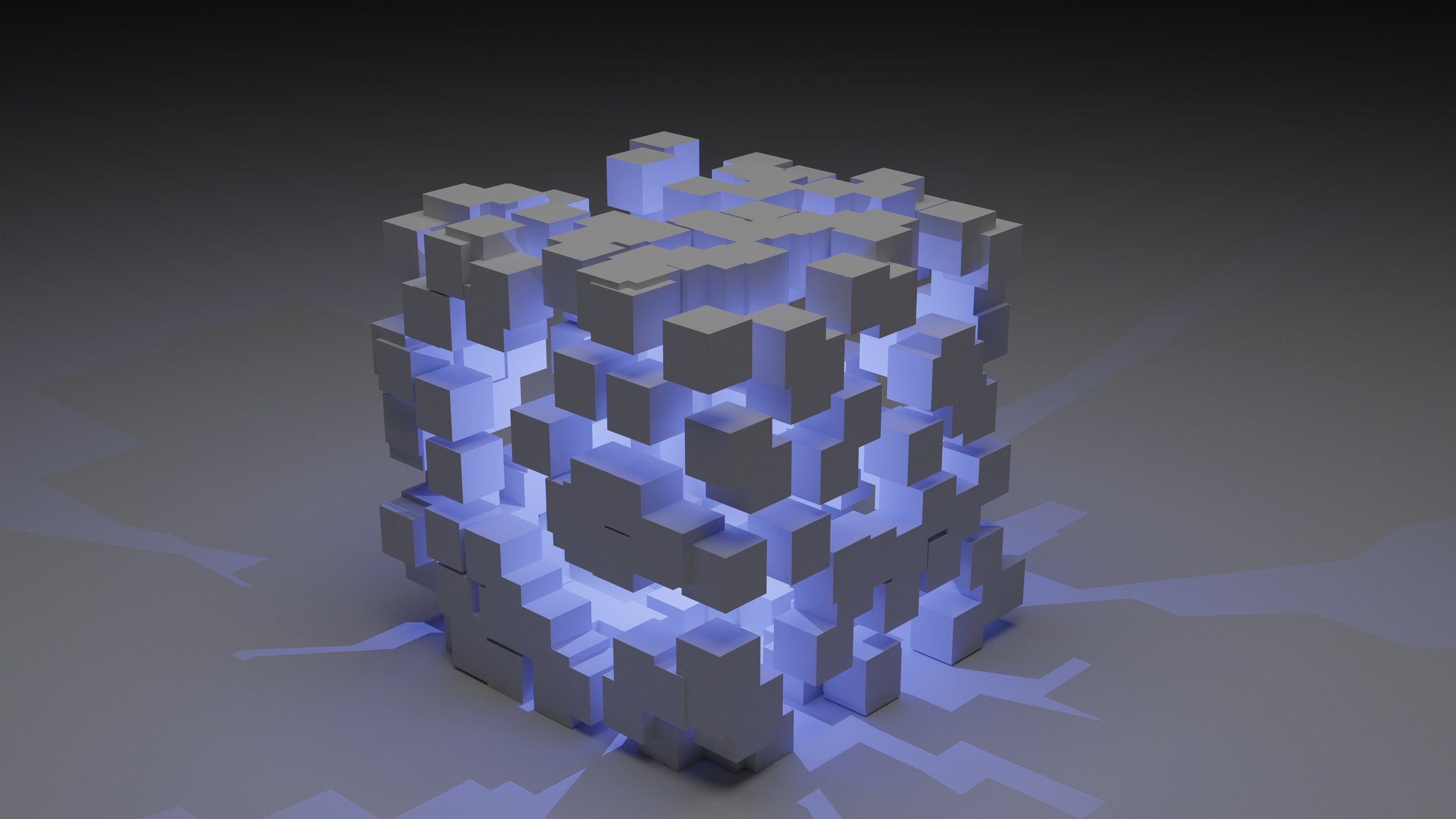Web3
Web3 is a decentralised, peer-to-peer phase of the web designed to give users control over the data and content they share. It builds on a foundation of blockchain, smart contracts, tokens, and decentralised applications (which combine these elements), to create a web which aims to be transparent, fair and democratic.
On this page you’ll learn about Web3 in four quick sections. Here’s a rundown of what to expect👇🏽
-
We’ll start off with just enough to help you demystify Web3.
We’ll give you a brief history of the web, share five facts and provide an outline of 6 key features of Web3.
-
What impact could Web3 have in international development? Web3 is still in its early stages and there are many different use-cases emerging. It might encourage climate savvy investment, create new ways for developing lifesaving medicines or help conserve natural spaces.
Once you’ve explored different uses, jump into what we’ve been doing as a hub to explore Web3.
-
Evidence is at the heart of the Frontier Tech Hub, and we’ve worked with some brilliant organisations to research how Web3 might solve global challenges.
-
More resources, however you like to consume.
We’ve created a playlist of podcasts, reports, articles and videos to continue your journey. There’s something for everyone.
Facts and History
A brief history of the web
With each development of the web, we’ve gained new capabilities and created the potential for significant societal changes.
Web1 was a read-only network of static pages, connected by hyperlinks (think of an enormous Wikipedia site). The concentration, availability and breadth of information opened new possibilities for learning and exploration.
Web1 was slow, and content creation was limited to a few people who had the technical experience to upload information to the web. With the rise of e-commerce in the late 1990s, pioneers began to see the potential for greater user interactivity and communication on the web.
These trends culminated in Web2, which gave users the ability to both read, and create content through interaction with dynamic applications like Facebook, YouTube and Twitter. Users had the power to communicate and share content across the world.
However, the data shared through these applications allowed a small number of companies to make enormous profits, by selling private information about users to advertising companies. Users lost control of their online identities and the experiences they shared.
The visionaries of Web3 aim to maintain the new powers that earlier versions of the web gave us, while making sure users have ownership of their data and content. Blockchains, the smart contracts encoded into them, and decentralised applications built on these foundations, create new possibilities for users to interact with the web, without sacrificing their privacy.
Alongside improving governance on the web, these new functions open up the possibility to create new and exciting ways to solve long standing development problems. The FCDO-funded Frontier Technologies Hub have explored this through their pilots using blockchain technology and research into Web3’s potential in international development. Web3 is only just beginning to have an impact on our lives, here we explore what it is and what it might mean for the future of the web.
Five facts about Web3
🔁 One of the most successful early Web3 projects is Polkadot. Polkadot aims to connect different blockchains through an interoperable network. What this might mean in practice is that a smart contract triggers a payment in Litecoin (a cryptocurrency) to a user, completely removing the need for intermediaries.
🐣 The Ethereum platform supports the largest network of dApps (decentralised apps), with over 2,000 applications running on it. Compare this to the 2.6million apps on the Google Play store and you get a sense of how early we are in Web3’s development.
🌳 The energy consumption of blockchain mining processes is immense. The combined energy consumption of Bitcoin and Ethereum is roughly 312TWh per year. However, with Ethereum’s shift in late 2022 from a “proof of work” to “proof of stake” mining process, they aim to reduce consumption by 99.95%.
🎨 Metahistory have created an NFT museum to catalogue artworks which reflect on the Russian invasion of Ukraine. So far, they’ve raised $1,083,694 dollars for humanitarian projects in Ukraine.
📬 El Salvador became the first country to accept Bitcoin as legal tender, planning to overcome the significant overheads paid to remittance providers. However, the benefits are still yet to be seen with only 2% of remittances being made in Bitcoin.
If you’re completely new to Web3, we would recommend taking these three quick steps first
Read our blockchain page to understand the technology underpinning Web3
Watch this news report which goes through the basics of Web3 and explores some key tensions facing its early pioneers
Get a sense of where web3 is heading, with this blog post, which maps out it’s potential through three trends
Six key features of Web3
Two last things before we move on
🐘 Can blockchain help conserve Kenya’s Masai Mara?
Explore how blockchain could be used to protect the Masai Mara eco-system in this article
(short read)
🗨️ Juan Benet’s presentation at the 2018 Web3 Summit
Watch Juan Benet explain Web3 and begin to unravel what it might mean for our interaction with the web
YouTube (30-minute watch)
Functionality
How could Web3 change how we do things?
Explore how Web3 might impact international development by checking out the entries for our recent ideathon.
In collaboration with Phas3, the FT Hub hosted a 48-hour ideathon to work with Web3 and international development experts to generate new ideas for applying Web3. Prizes were awarded to the idea which had the greatest involvement of relevant communities, best use of Web3 technology to solve a problem, most thorough exploration of risk and the idea which was most inspiring.
The full report will be shared here soon.
Insights from the Hub
Resources we’ve created from insights gathered across the Hub
Further learning
Want to dive deeper?
We’ve only scratched the surface of the potential impact Web3 could have in development. We’ve curated a playlist of videos, podcasts and articles to help you keep exploring this topic.
-
Web3, Blockchain, cryptocurrency: a threat or an opportunity? | Shermin Voshmgir | TEDxCERN - YouTube (17mins)
Line Goes Up – The Problem With NFTs - YouTube (2h18mins)
-
Babbage: What is web3? - The Economist Podcasts | Podcast on Spotify (40 mins)
Cory Doctorow on Blockchain, Crypto & Web3 - The Life Itself Podcast | Podcast on Spotify (1h 14mins)
Ethereum’s Founder on What Crypto Can — and Can’t — Do - The Ezra Klein Show | Podcast on Spotify (1h 37mins)
-
Cointelegraph Research DAO Report - The Evolution of Organization (longer read)
Central America’s first metaverse sold thousands of NFTs until OpenSea shut sales down - Rest of World (short read)
The Web3 Ecosystem Playbook for Nonprofit Organizations - ICTworks (short read)
New Crypto Sustainability Coalition to Investigate Potential of Web3 Technologies in Fighting Climate Change > Press releases | World Economic Forum (weforum.org) (short read)










